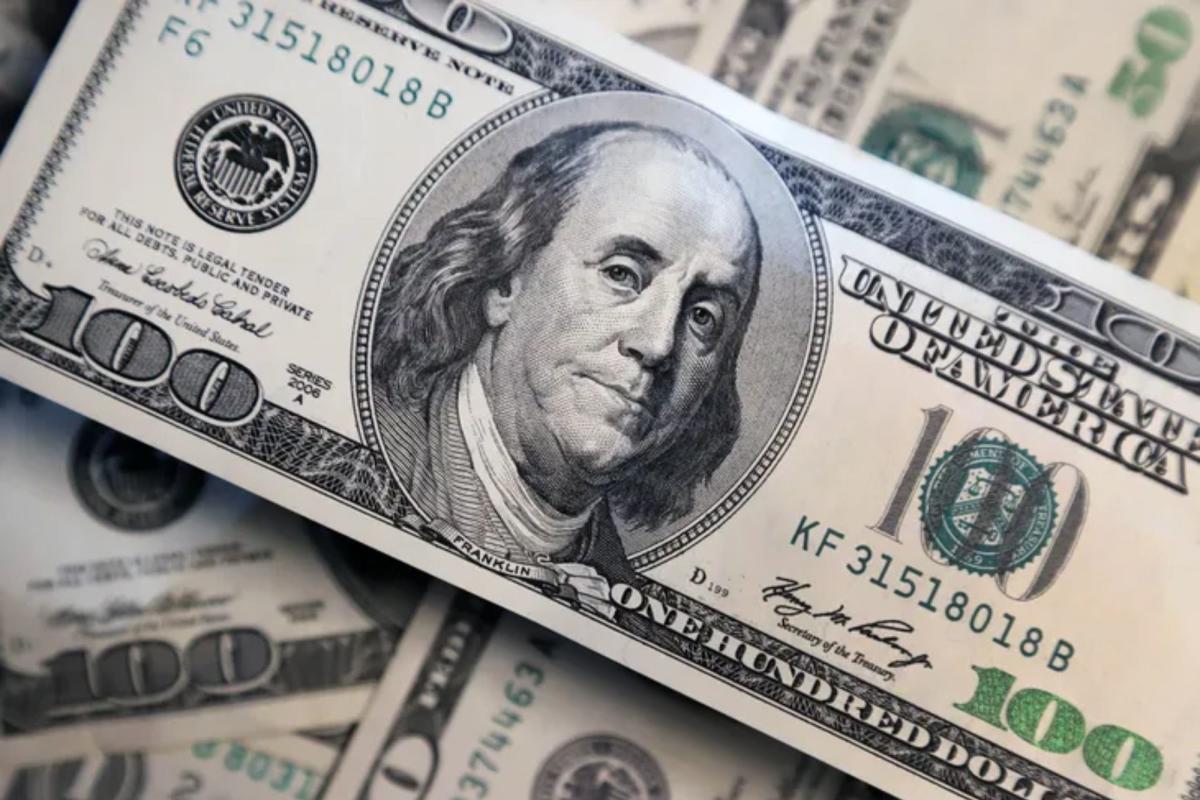Introduction To Dollar to PKR
The exchange rate between the US dollar (USD) and the Pakistani rupee (PKR) is an essential economic indicator for Pakistan. It influences various aspects of the country’s economy, including trade, inflation, and foreign investment. As a developing nation, Pakistan heavily relies on foreign currency, especially the US dollar, for its imports, debt repayments, and remittances. Over the years, the exchange rate has fluctuated significantly, reflecting the broader economic trends both domestically and globally.
This article will dive into the dynamics of the dollar to PKR rate, factors influencing its fluctuations, the economic implications, and also explore the exchange rate of the British pound (GBP) to the Pakistani rupee (PKR), adding another layer of importance in the context of Pakistan’s economic activities.
Historical Context of Dollar to PKR
The value of the Pakistani rupee has depreciated consistently against the US dollar over the last few decades. In the 1980s, the exchange rate was around PKR 10 to USD 1. However, by 2000, it had fallen to around PKR 50 per dollar, and in recent years, the rate has crossed PKR 300 per dollar. This dramatic depreciation has resulted from several factors, including political instability, a growing current account deficit, rising inflation, and increased reliance on foreign loans.
In the past decade, the dollar to PKR rate has shown substantial volatility, with external shocks like global oil price hikes, economic sanctions on neighboring countries, and financial crises in the Eurozone affecting Pakistan’s economy. Moreover, Pakistan’s import dependency and trade imbalance further exert pressure on the currency. With a larger portion of imports being priced in dollars, the demand for the currency naturally rises, while limited exports do not provide adequate dollar inflows to stabilize the exchange rate.
Factors Influencing the Dollar to PKR Exchange Rate
The value of the dollar to PKR is influenced by multiple factors, both domestic and international. Some of the most critical factors include:
1. Foreign Reserves and Trade Balance:
Pakistan’s foreign exchange reserves play a significant role in determining the dollar to PKR rate. A higher level of reserves provides the central bank with more power to stabilize the currency in times of volatility. However, Pakistan often faces challenges in maintaining an adequate reserve level due to its large import bills and limited export base. The trade deficit – the difference between exports and imports – further exacerbates the demand for dollars, which pushes the rupee down.
2. Inflation and Interest Rates:
Inflation erodes the purchasing power of a currency, leading to its depreciation. Pakistan has experienced high inflation rates, particularly in food and energy sectors, which undermines the value of the PKR. Conversely, the interest rate set by the State Bank of Pakistan (SBP) can affect the dollar to PKR rate. Higher interest rates attract foreign investors, bringing in dollars and strengthening the rupee, while lower rates can cause capital outflows and weaken the currency.
3. Political Stability:
Political stability is crucial for maintaining investor confidence. Uncertainty in governance, policy direction, or geopolitical tensions can lead to a loss of confidence among foreign investors, leading to capital outflows and weakening the rupee. Over the years, Pakistan has faced numerous political challenges, including leadership changes, domestic unrest, and conflicts with neighboring countries, all of which contribute to the volatility in the dollar to PKR exchange rate.
4. Global Economic Conditions:
The US dollar’s strength on the global market affects the dollar to PKR exchange rate. When the dollar strengthens globally due to factors like higher US interest rates or increased demand for safe-haven assets, the PKR tends to weaken. Similarly, global commodity prices, particularly oil, also affect the exchange rate, as Pakistan imports a significant portion of its energy needs.
Implications of a Fluctuating Dollar to PKR Rate
1. Impact on Inflation:
A depreciating rupee directly impacts inflation in Pakistan, as imported goods, particularly fuel, food items, and machinery, become more expensive. This leads to cost-push inflation, where the cost of production rises, pushing up the prices of goods and services in the domestic market.
2. Foreign Debt Servicing:
Pakistan’s external debt is primarily denominated in foreign currencies, especially the US dollar. As the rupee depreciates, the cost of servicing this debt increases, putting additional pressure on the country’s already constrained fiscal position. This can lead to a cycle of borrowing more to service existing debt, further weakening the currency.
3. Remittances:
On the flip side, a weaker rupee can benefit Pakistan by encouraging higher remittances from overseas Pakistanis. As the value of the rupee falls, workers abroad, particularly in countries like the US and the Middle East, may send more money home to support their families, contributing to dollar inflows.
4. Exports Competitiveness:
A lower value of the PKR can make Pakistan’s exports more competitive in international markets, as they become cheaper for foreign buyers. However, Pakistan’s export base is relatively narrow, and without significant structural reforms to boost production capacity and diversify exports, the benefits of a weaker rupee may not be fully realized.
Pound to PKR: A Parallel Currency Dynamic
While the dollar to PKR exchange rate often takes center stage, the exchange rate between the British pound (GBP) and the Pakistani rupee (PKR) is equally significant, particularly for businesses and individuals engaged in trade or remittances between Pakistan and the UK.
The pound to PKR exchange rate tends to be higher than the dollar to PKR rate, as the pound historically holds more value than the US dollar. Over the years, the GBP to PKR exchange rate has followed a similar trajectory to the dollar to PKR rate, with the rupee depreciating due to many of the same factors, including inflation, political instability, and trade imbalances.
1. Trade and Remittances:
The UK is one of Pakistan’s largest trading partners in Europe, and many Pakistani expatriates live in the UK. A stronger pound relative to the PKR increases the value of remittances sent back to Pakistan, providing a much-needed boost to the country’s foreign exchange reserves. However, it also means that imports from the UK become more expensive, further contributing to the inflationary pressures in Pakistan.
2. Brexit and Global Trends:
Global economic events, such as Brexit, have also impacted the pound to PKR rate. The uncertainty surrounding Brexit caused fluctuations in the value of the pound, which had ripple effects on currencies like the PKR. Furthermore, changes in the UK’s monetary policy and economic outlook also influence the exchange rate between the pound and the rupee.
Conclusion
The dollar to PKR and pound to PKR exchange rates are crucial indicators of Pakistan’s economic health. The fluctuating value of the rupee against these major currencies reflects broader economic challenges, including inflation, trade imbalances, and political instability. While a weaker rupee can boost exports and remittances, it also increases inflation and the cost of servicing foreign debt.
Pakistan needs to implement structural reforms to stabilize its currency in the long term. This includes increasing exports, improving political stability, and managing inflation more effectively. Additionally, foreign reserves must be bolstered through increased investment and remittances to ensure that the country can weather global economic shocks without significant damage to the value of its currency.
In the context of pound to PKR, Pakistan’s close ties with the UK, especially in trade and remittances, mean that this exchange rate will continue to play a vital role in shaping the country’s economic future. Both the dollar to PKR and pound to PKR exchange rates offer insights into the state of Pakistan’s economy and highlight the need for sound economic policies to navigate the challenges ahead.




